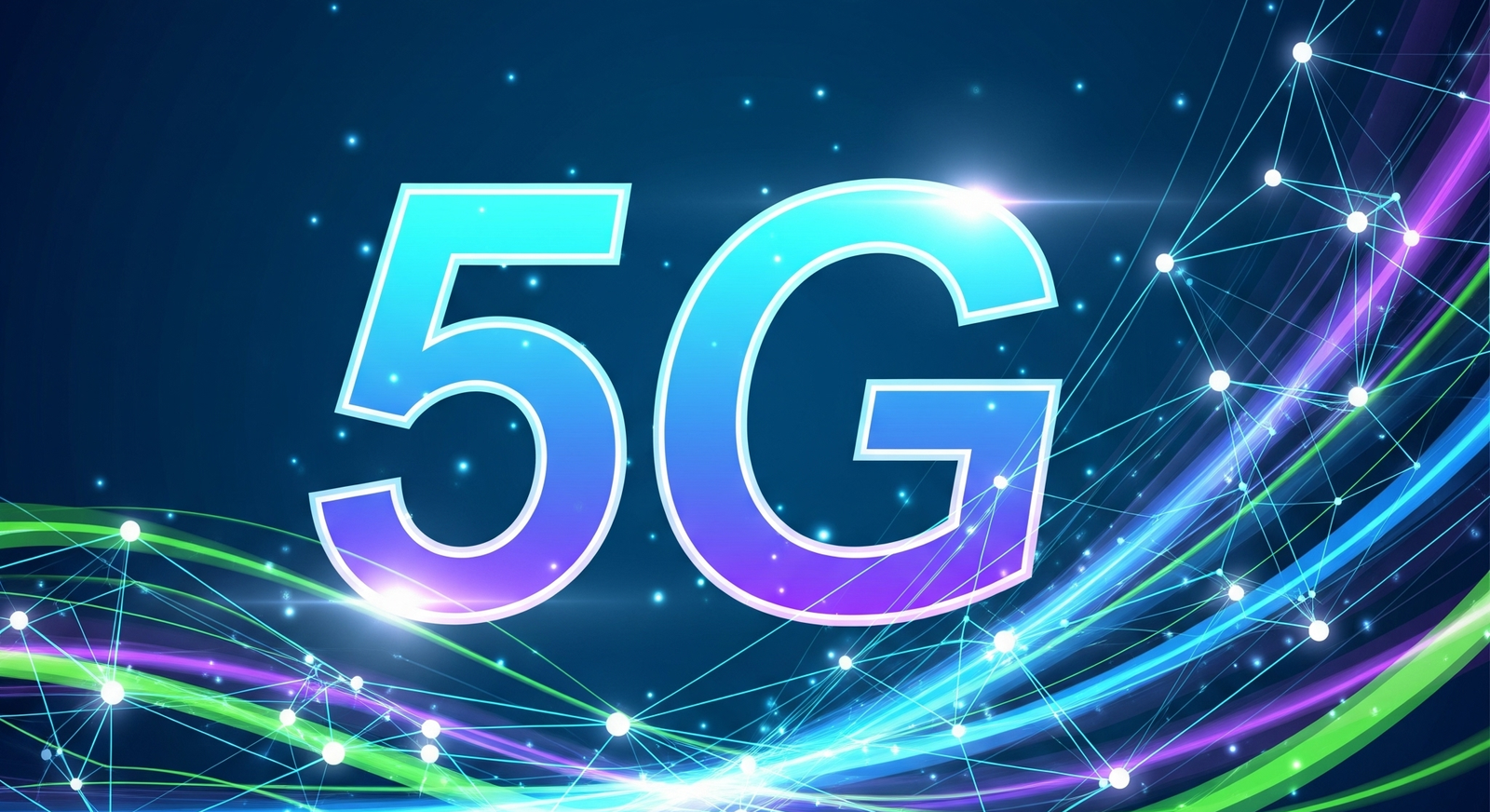In This Article
5G the fifth generation of mobile technologies. 5G is the latest evolution in cellular technology, designed to deliver a quantum leap over its predecessor, 4G LTE. But what makes it truly revolutionary isn’t just one factor; it’s a powerful combination of enhanced capabilities that redefine what’s possible for mobile networks. The digital landscape is constantly shifting, and at its heart lies a transformative force: 5G – the fifth generation of mobile technologies. This isn’t just about faster downloads; it’s a fundamental shift in how we connect, interact, and innovate. 5G promises to unlock unprecedented possibilities, from revolutionizing industries to enhancing our daily lives in ways we’re only just beginning to imagine.
The Pillars of 5G: Speed, Latency, and Capacity
To truly grasp the significance of 5G – The Fifth Generation of Mobile Technologies we need to understand its three foundational pillars:
- Blazing-Fast Speeds: Imagine downloading a full-length HD movie in mere seconds, or an entire software suite in the blink of an eye. That’s the power of 5G’s incredible speed, with peak data rates reaching up to 10 gigabits per second (Gbps) and average speeds significantly higher than 4G. This enables seamless 4K/8K video streaming, instantaneous cloud access, and lightning-fast data transfers, transforming everything from entertainment to productivity. The sheer velocity of data transmission fundamentally changes how we interact with online content and services.
- Ultra-Low Latency: Latency refers to the delay between when a signal is sent and when it’s received. With 5G, this delay is drastically reduced to as low as 1 millisecond – virtually instantaneous. This near-zero latency is critical for applications demanding real-time responsiveness, such as autonomous vehicles needing to react instantly to road conditions, or remote surgical procedures where precision and immediate feedback are paramount. It’s the difference between a slight delay and a truly immediate response, vital for critical systems.
- Massive Capacity and Connectivity: As we move towards an increasingly interconnected world, the number of devices needing to communicate wirelessly is exploding. From smart home gadgets to industrial sensors and urban infrastructure, 5G is engineered to handle an unprecedented volume of connections. It can support millions of devices per square kilometer, ensuring that our burgeoning Internet of Things (IoT) ecosystem operates smoothly and without congestion, even in densely populated areas. This robust capacity is essential for the future of smart cities and pervasive connectivity.

5G the fifth generation of mobile technologies
How 5G is Changing Our Lives
While the industrial applications are profound, 5G the fifth generation of mobile technologies, 5G is also subtly but significantly enhancing our daily digital interactions.
While the promise of 5G is immense, its widespread adoption isn’t without its challenges.
- Infrastructure Investment and Densification: Rolling out comprehensive 5G networks, especially those leveraging high-frequency millimeter wave (mmWave) spectrum for extreme speeds, requires substantial investment in a denser array of small cell towers. This is an ongoing process that requires collaboration between governments and telecommunications providers.
- Spectrum Availability and Harmonization: Access to sufficient and harmonized spectrum bands is crucial for optimizing 5G performance and ensuring widespread coverage. Regulatory bodies continue to work on allocating these valuable resources efficiently to support global deployments.
- Security Concerns: As networks become more intelligent and interconnected, ensuring the security and resilience of 5G infrastructure against cyber threats is a paramount concern. Protecting sensitive data and ensuring network resilience against cyber threats remain ongoing priorities for 5G development.
Conclusion: 5G The Fifth Generation of Mobile Technologies
5G represents a pivotal moment in our digital evolution. It’s not just an incremental upgrade; it’s a foundational technology that is fundamentally transforming industries, improving daily life, and laying the groundwork for innovations we can scarcely imagine. Its core strengths – incredible speed, ultra-low latency, and massive capacity – are empowering a truly hyper-connected future. As 5G networks mature and expand their reach globally, we are stepping into an era where efficiency, connectivity, and intelligence converge, promising a world of unprecedented possibilities.
FAQ: 5G The Fifth Generation of Mobile Technologies
Q1: What exactly does “5G” mean?
A1: 5G stands for the “fifth generation” of mobile technology, representing the latest global standard for wireless communication.
Q2: How much faster is 5G compared to 4G?
A2: 5G is significantly faster, with peak speeds reaching up to 10 gigabits per second (Gbps) – potentially 10 to 100 times faster than 4G LTE, enabling near-instant downloads and smoother streaming.
Q3: What is “latency” and why is 5G’s low latency important?
A3: Latency is the delay between sending a signal and receiving a response. 5G’s ultra-low latency (as low as 1 millisecond) is crucial for real-time applications like autonomous vehicles and remote surgery, where instant reactions are vital.
Q4: Will 5G replace my home internet?
A4: For many, 5G can serve as a viable alternative to traditional fixed broadband through services like Fixed Wireless Access (FWA). Its high speeds and lower latency can provide a robust internet connection for homes and businesses.
Q5: What are some real-world applications of 5G?
A5: 5G is enabling advancements in areas like remote surgery, autonomous vehicles, smart factories, immersive AR/VR experiences, and highly efficient smart cities, transforming various aspects of our lives and industries.

